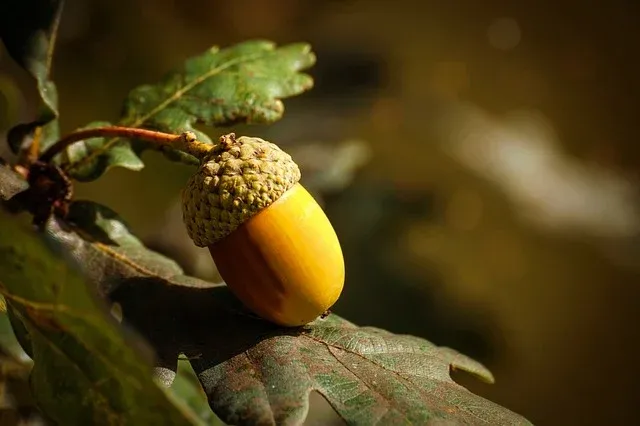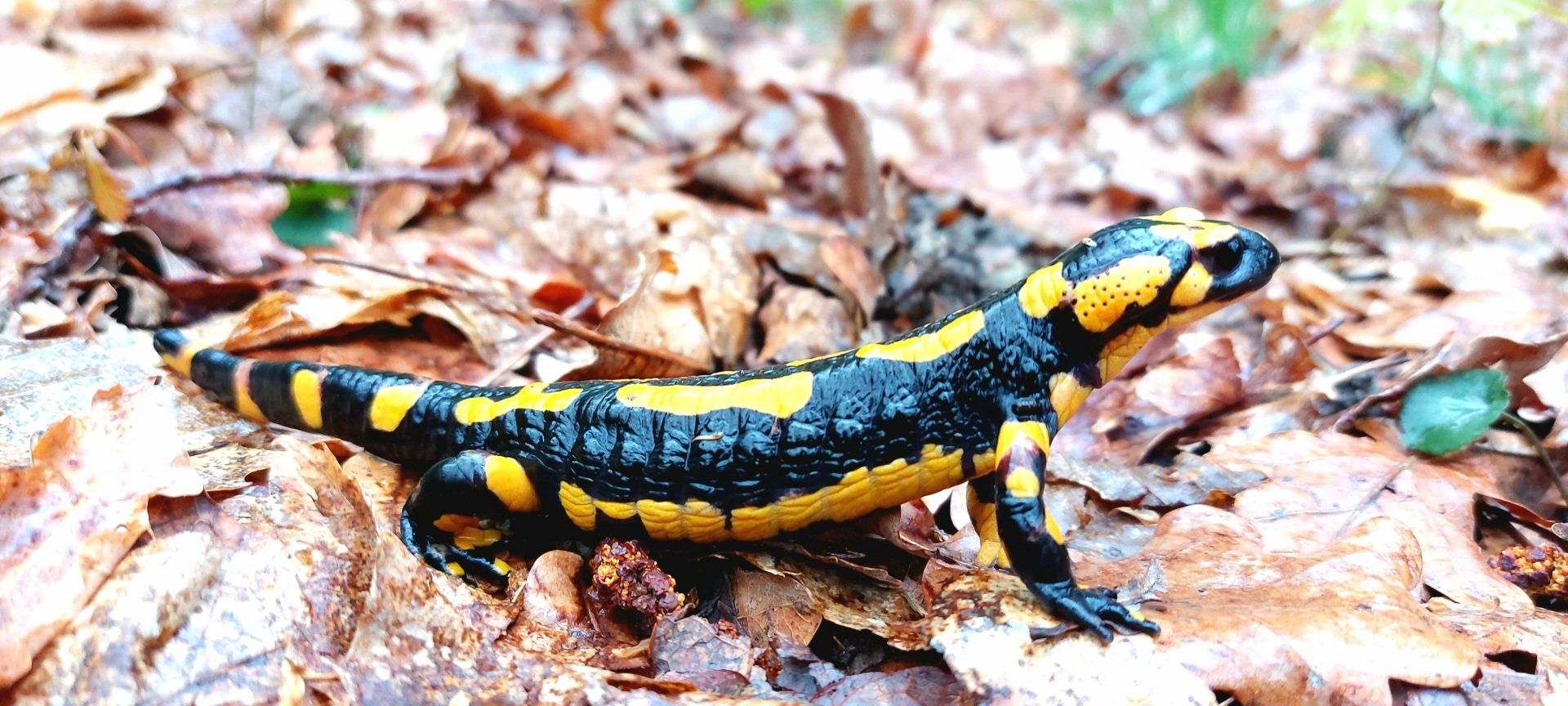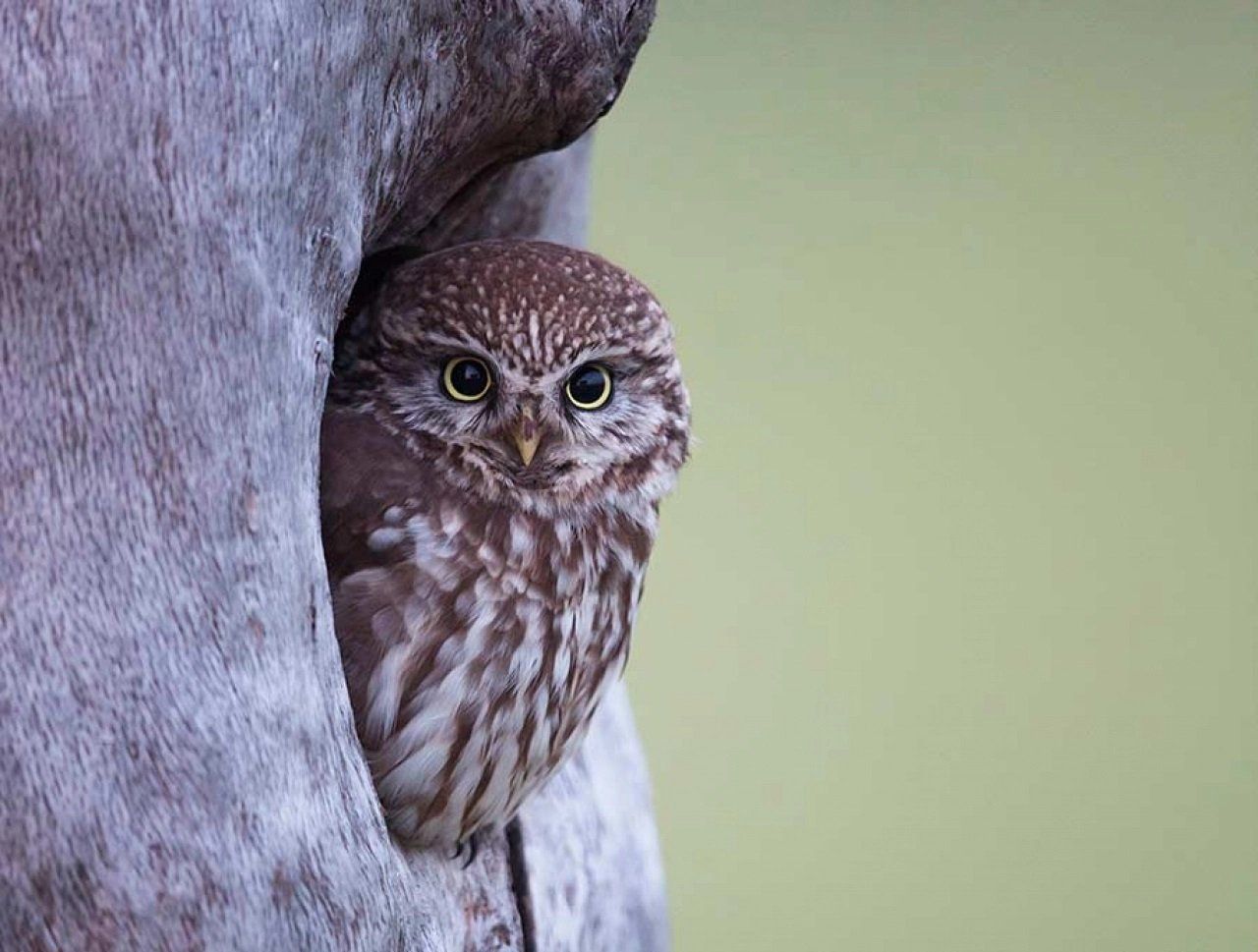Legends
Over the centuries various legends have developed on the origin of these erosive formations: either the fruits of spells or the fruits of miracles. For example, according to a legend, the ciciu would be formed at night as a result of the masche, the witches of Piedmontese folklore, or they would be masche transformed into stone, after a hurricane that would have interrupted a magical ritual of a Sabbath, with disastrous consequences. But the most widespread legend is that the "ciciu" formed following a miracle of San Costanzo, a Roman legionary of the "Theban" legion who, according to tradition, was martyred around the year 303-305 AD, during the persecution of Christians carried out by the emperor Diocletian. It is said that San Costanzo had reached Mount San Bernardo, to escape 100 Roman soldiers who wanted to kill him; all of a sudden he turned to the legionaries who mocked and threatened him with death, and said to them: "O wicked incorrigible, o sad hearted of stone! In the name of the true God I curse you. Be stones too!", and so yes formed the "Ciciu". However, this was not enough to save the saint, who was joined by other legionaries, and killed on Mount San Bernardo: in the twelfth century the sanctuary of San Costanzo al Monte was built in the place of the killing, which can still be visited today.
Morphology: the "ciciu" are rocky fungi composed, as mentioned, of two parts: from a "cap" of occhiadino gneiss, a type of metamorphic rock of magmatic origin characterized by coarse bands of alternately light and dark minerals, typical of Dora-Maira massif (alpine geological domain that extends from the lower Valle Maira to the middle Valle Susa); and a "stalk" of earth and crushed stone, consisting mainly of a fine fraction (90% silt and sand, 10% clay), to which are added fragments of quartz, gneiss and micascists: a very friable mixture, cemented by a silica matrix rich in iron oxides, which gives it its typical reddish color.

















